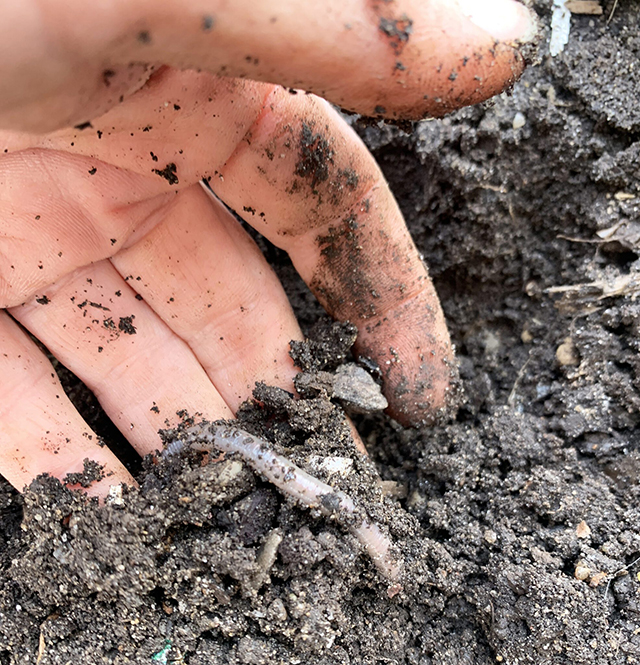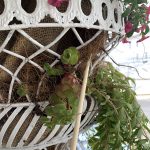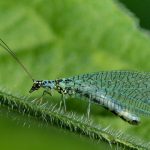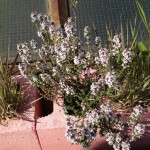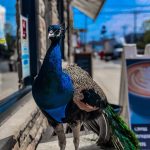Why Are Worms Great?
Earthworms work slowly, deeper in the soil, and help structure and enrich soil over time.
Let’s talk about worms. I know, I know—maybe not the most loved creature, but bear with me—because they are the unsung heroes of healthy soil and your garden.
There are 30 species of worms in New York State, and only five are native. I’d like to focus on the few you’re most likely to see in your garden here in Rockaway Beach. There are the everyday earthworms —the kind you find chilling in the garden bed. Most likely, you’re seeing the Jumping Worm (native to East and Southeast Asia) or the Common Nightcrawler (European). Earthworms work slowly, deeper in the soil, and help structure and enrich the soil over time. They’re aerators, making little tunnels that help water and oxygen reach plant roots. Yah!
Outside your garden, around Jamaica Bay, you might spot a New York native—the American gray soil worm, also known as the bog worm. It’s typically found only around wetlands.
And then there are composting worms—red wigglers. These dudes don’t live in soil but thrive in compost bins, eating up banana peels, coffee grounds, ziti, and shredded paper like an all-you-can-eat smorgasbord in Atlantic City. You won’t find them in your garden soil. Red wigglers are fast composters, breaking down material quickly and leaving behind nutrient-rich castings. They’re excellent at breaking down organic matter, making them essential for turning food scraps and garden debris into black gold.
Now I need to address one of the greatest worm myths of all time: “If you cut a worm in half, you get two worms.” I hate to break it to you, but no—that’s not how it works. While it’s true that worms can survive injury if they’re cut in the right place and their vital organs are intact, they don’t magically regenerate into two. Typically, the front half (where the mouth is) has the best shot at surviving. But the tail end? That part won’t make a new worm. Sigh.
Worms are more sensitive and complex than we give them credit for. They have five hearts, and while they don’t have eyes, they can sense light and vibrations. They’re hermaphrodites too—yet they still need another worm to reproduce. After their linear mating dance, they leave behind tiny lemon-shaped cocoons that hatch baby worms!
Next time you’re digging in the dirt and come across a worm, say: “Thanks for helping my garden grow.”
Follow me in the garden this spring on Instagram: @theglorifiedtomato
Sources: sciencefocus.com, nyisri.org
